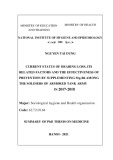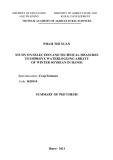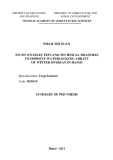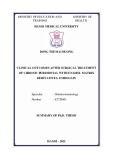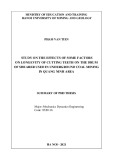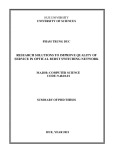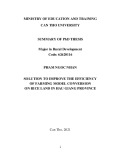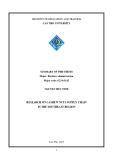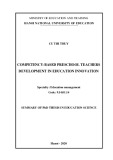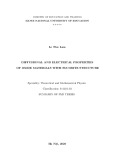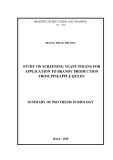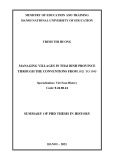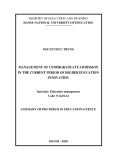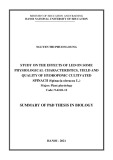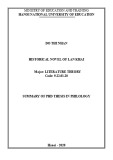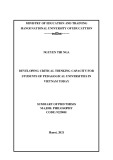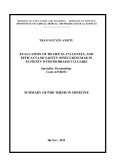
1
INTRODUCTION
Diabetes is one of the three most developping diseases in
the world. According to the WHO announcement in 2014, there
were 422 millions diabetes patients, taking account to 8,5%
population. The prevalence has increased through three
decades, especially in the poor and developing countries.
The increase of diabetes prevanlence also accords to its
complication. It is the cause of cardiovascular accidents,
blindness, renal failure, amputation and others which reduce
life quality. In 2015, the association of foot wound, the foot
complication of diabetes has enormously affected the national
economics, the prevalence in the developed country is about
2% to 4%, and could be higher in the developing country. The
worldwide rate of diabetic foot ulcer is 6,3%, male is higher
than female, type 2 higher than type 1. The North America had
highest prevalence 13%, then Australia 3,0%; Asia 5,5%,
Africa 7,1%, European 5,1%. In India, about 5% diabetic
patients have the foot wound. The porpotion of amputation in
diabetic foot complication is 40%. In the developping country
like England, 50% diabetics patients were admitted because of
foot wound. Another research in 6000 patients showed that foot
ulcer was 20% and amputation was 2,5% .
In many researches of the Vietnam National Hospital of
Endocrinology showed that the prevalence of late stage diabetic
patients with the foot and amputation complications was high
(about 40%).
The foot complication is the consequence of causes such
as: nerves, vessels, injuries, trauma and infection. The diabetic
foot complication mechanism is the close combination of three
factors: vascular, nerve injuries and infection, sometimes these
factors could appear independently. Some studies showed that
the pressure points of foot have a close relationship with the





